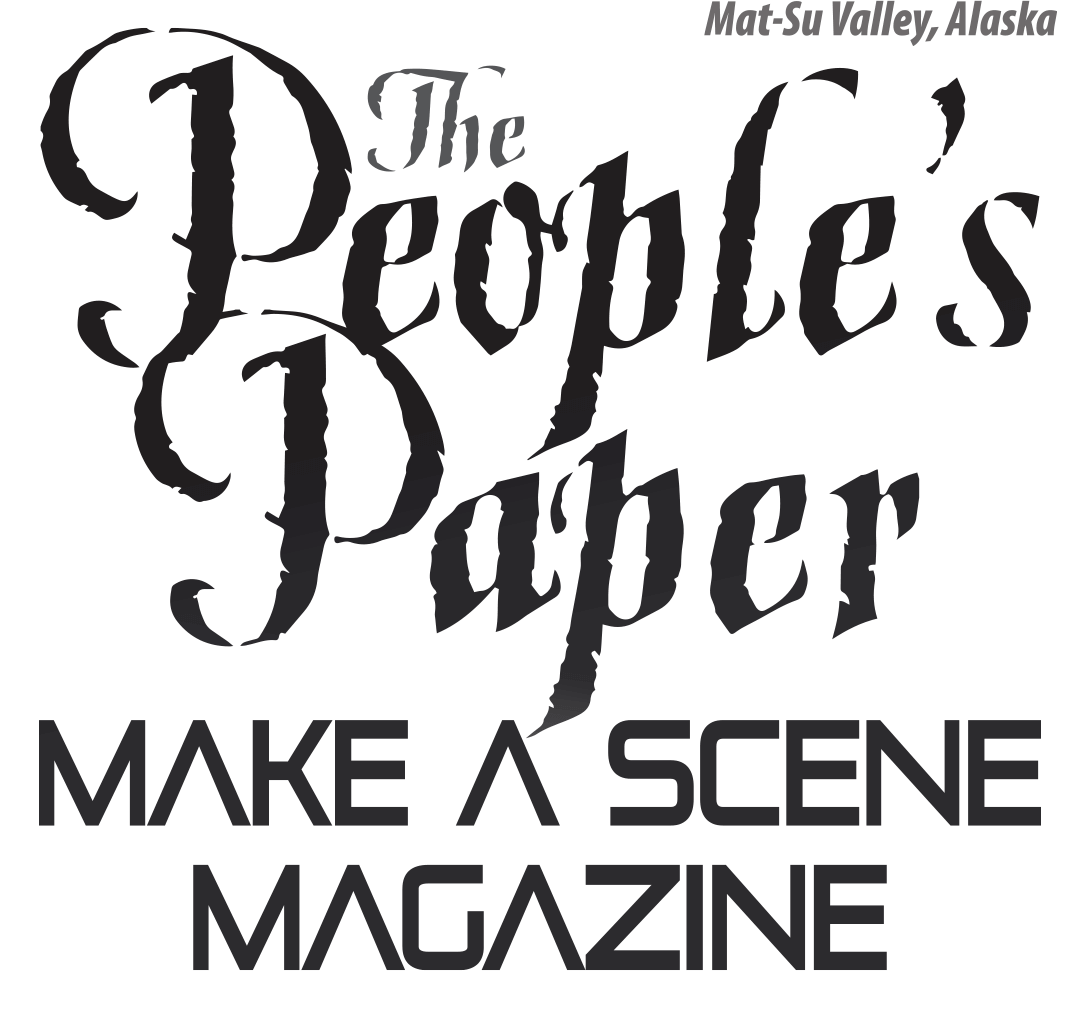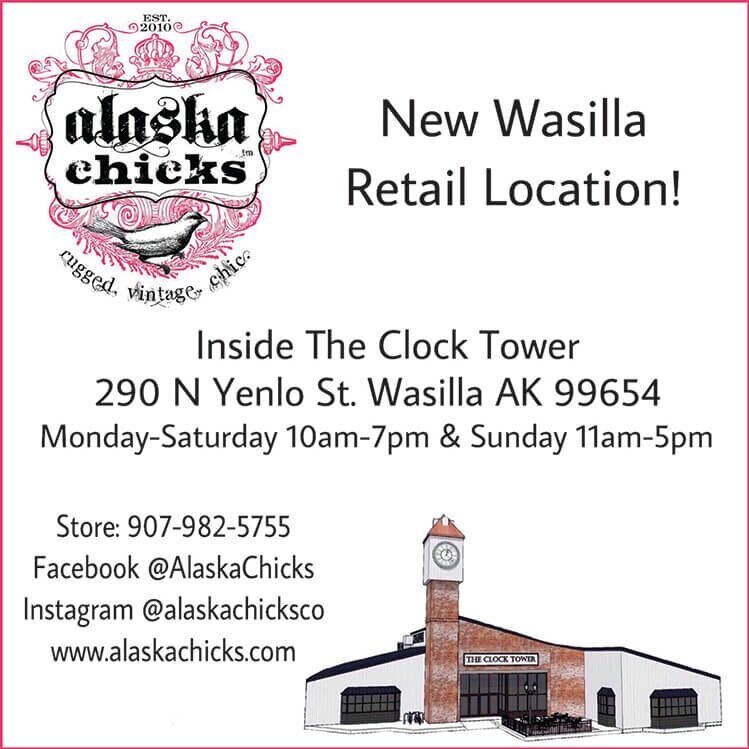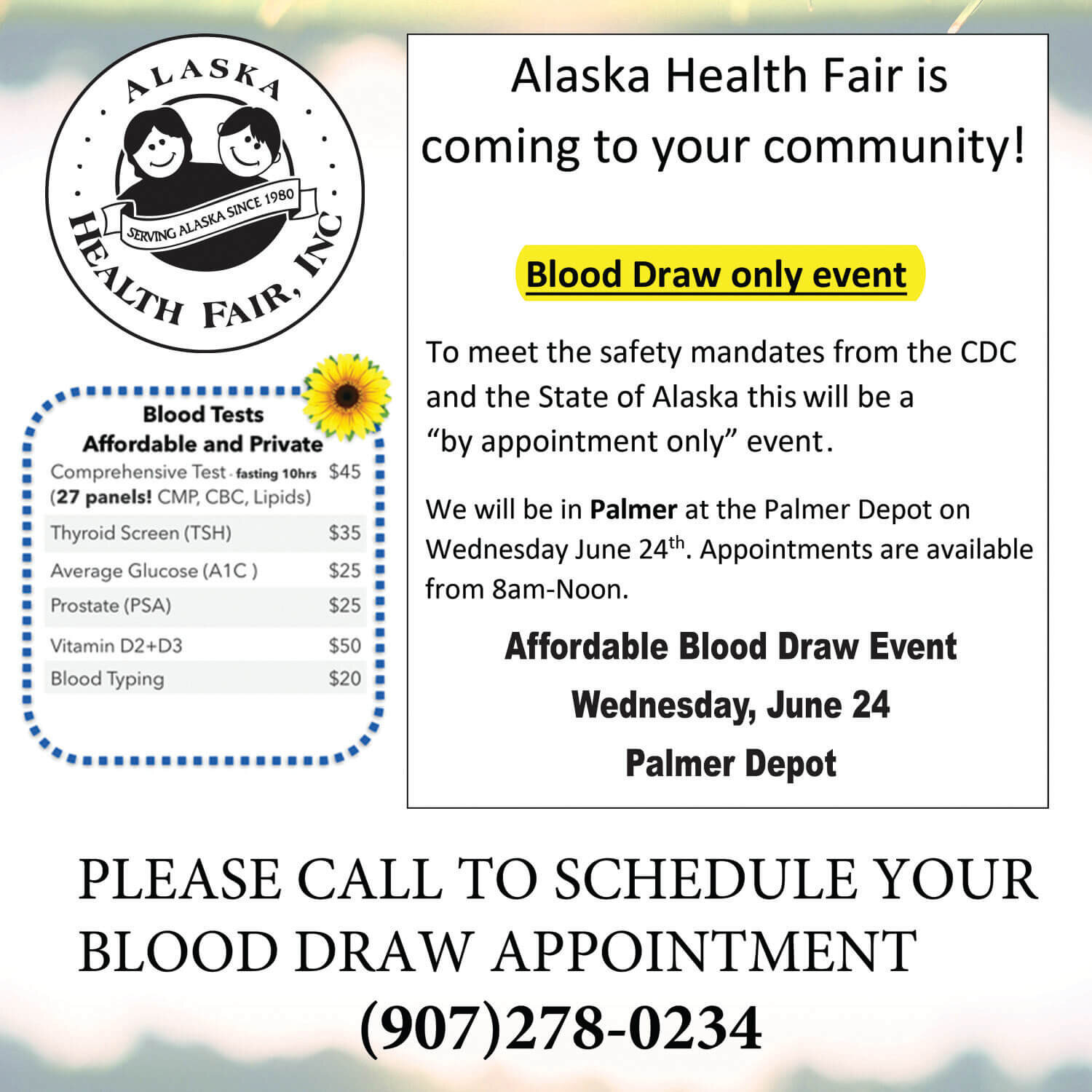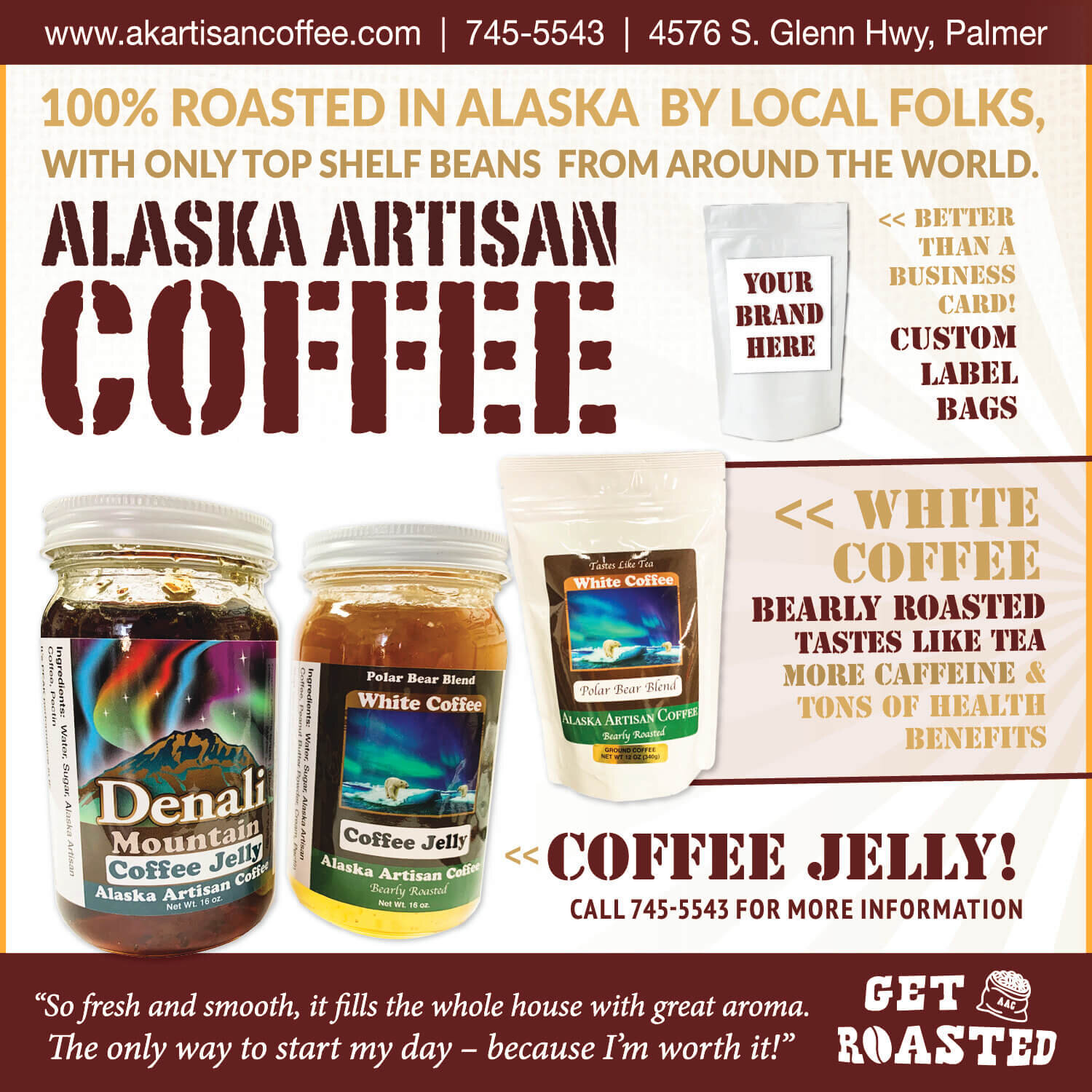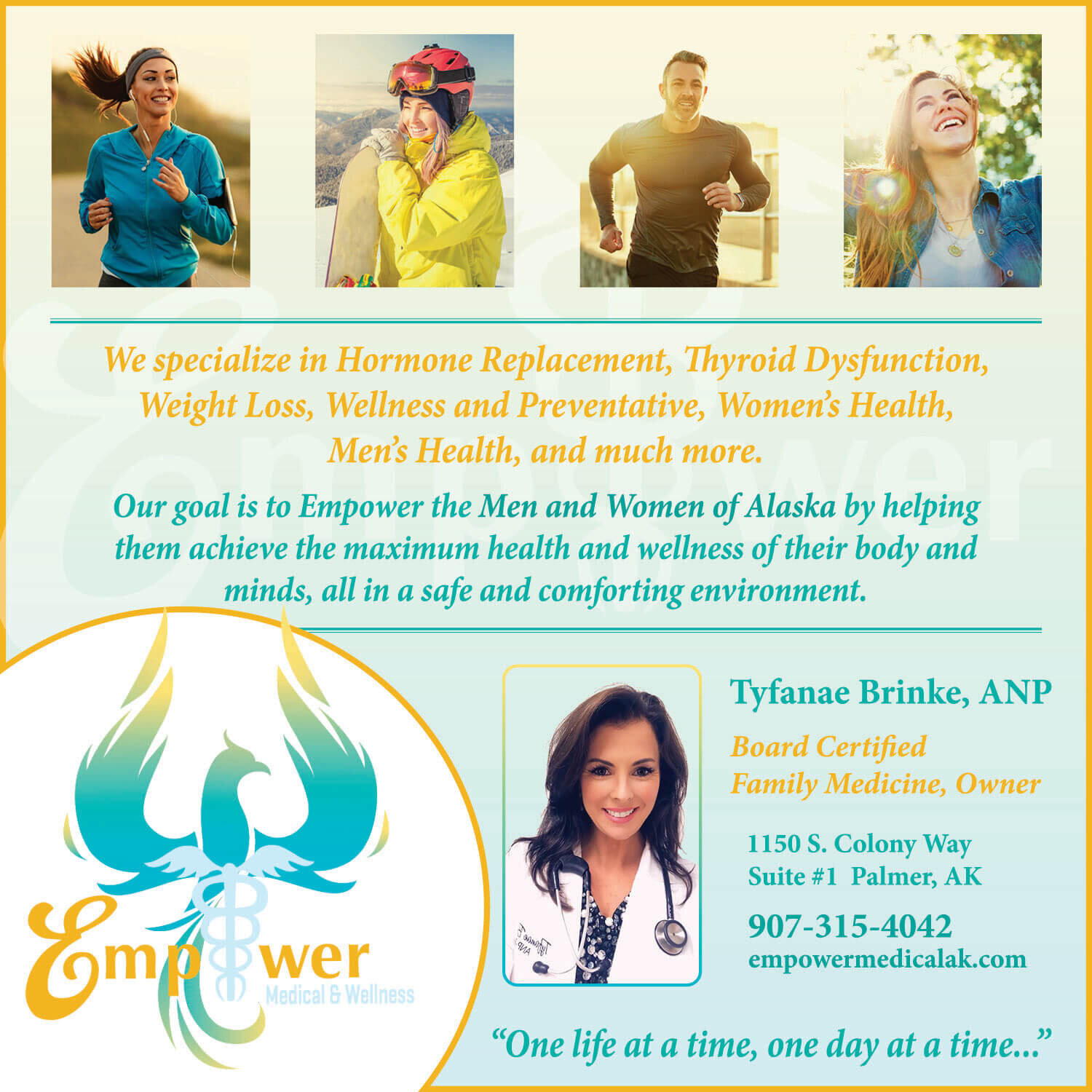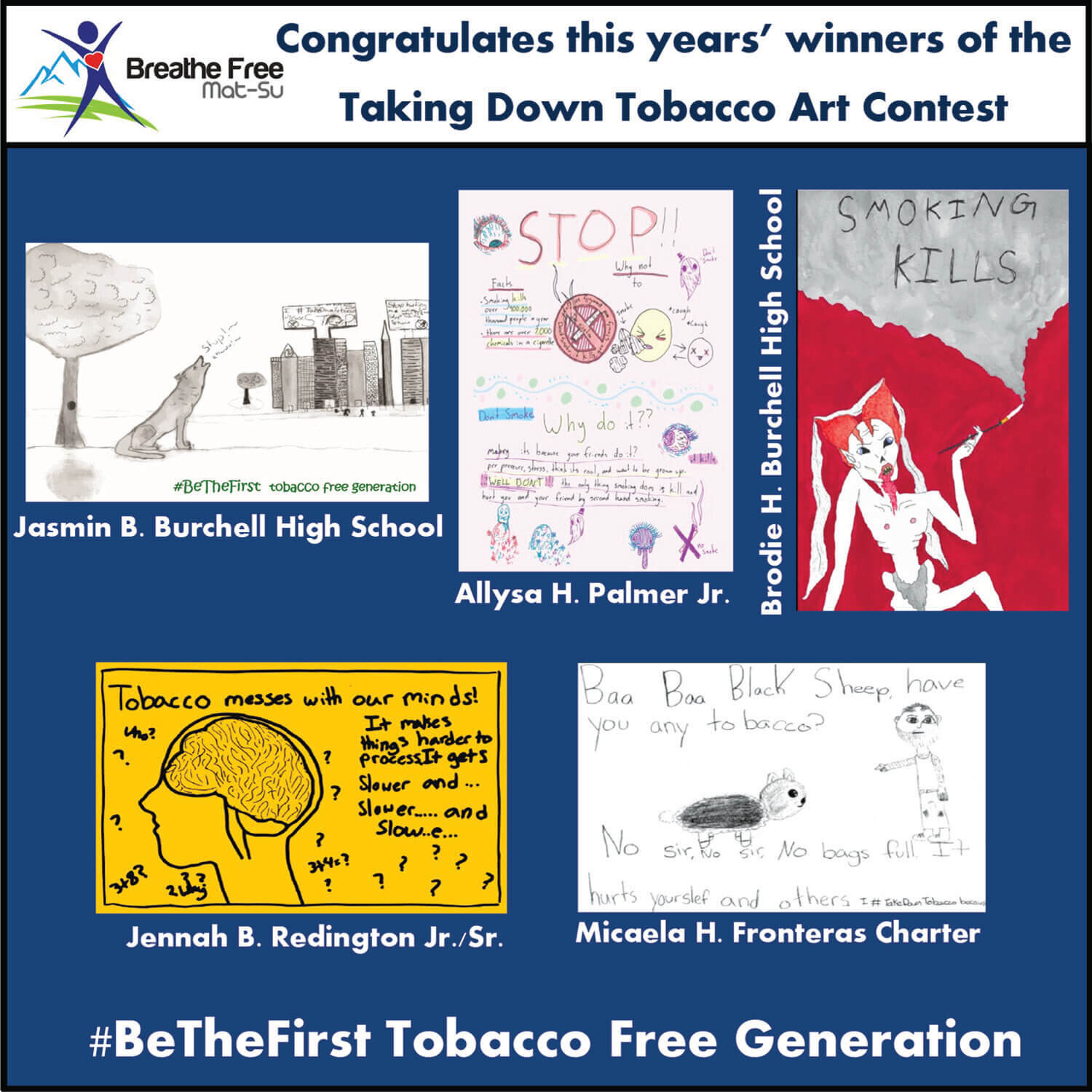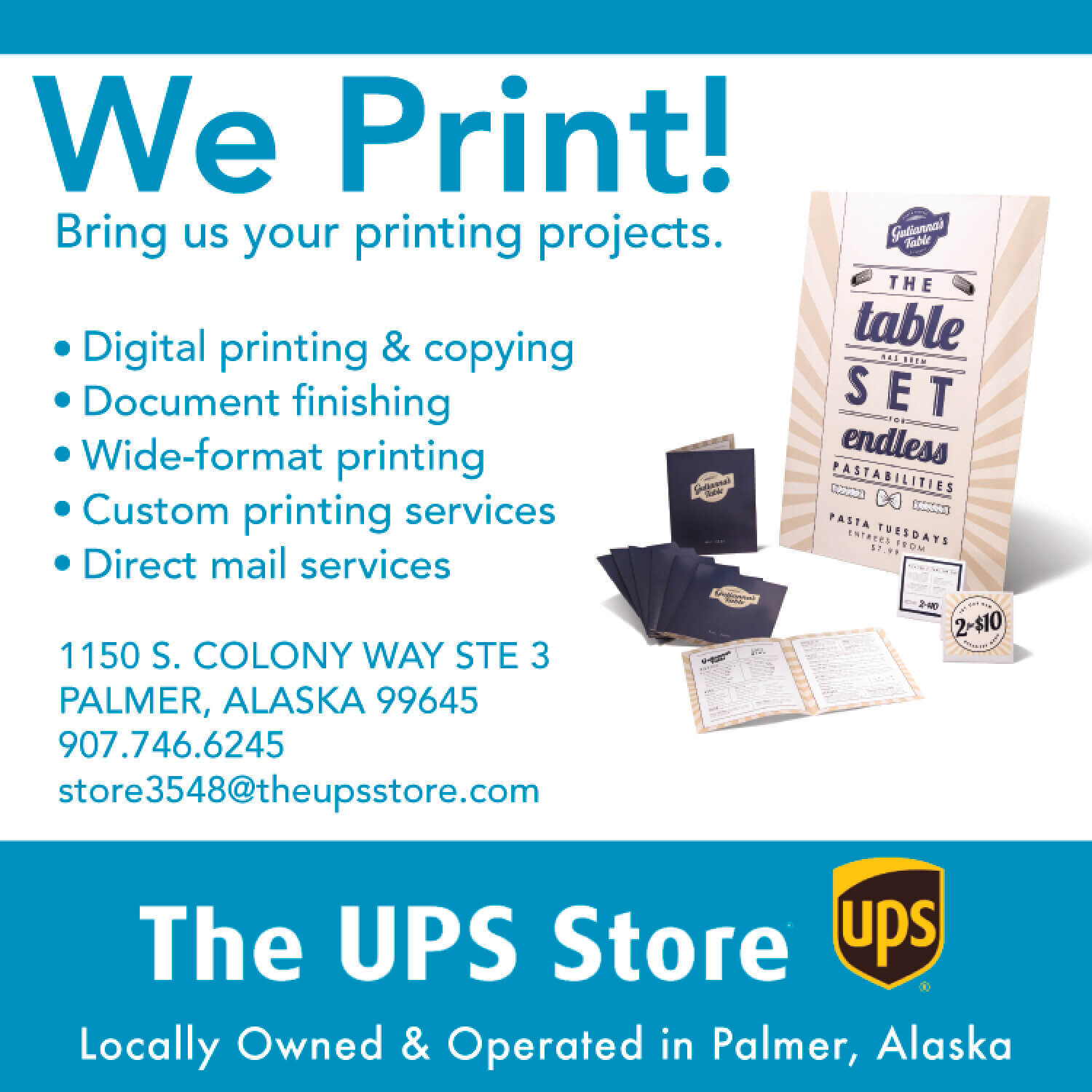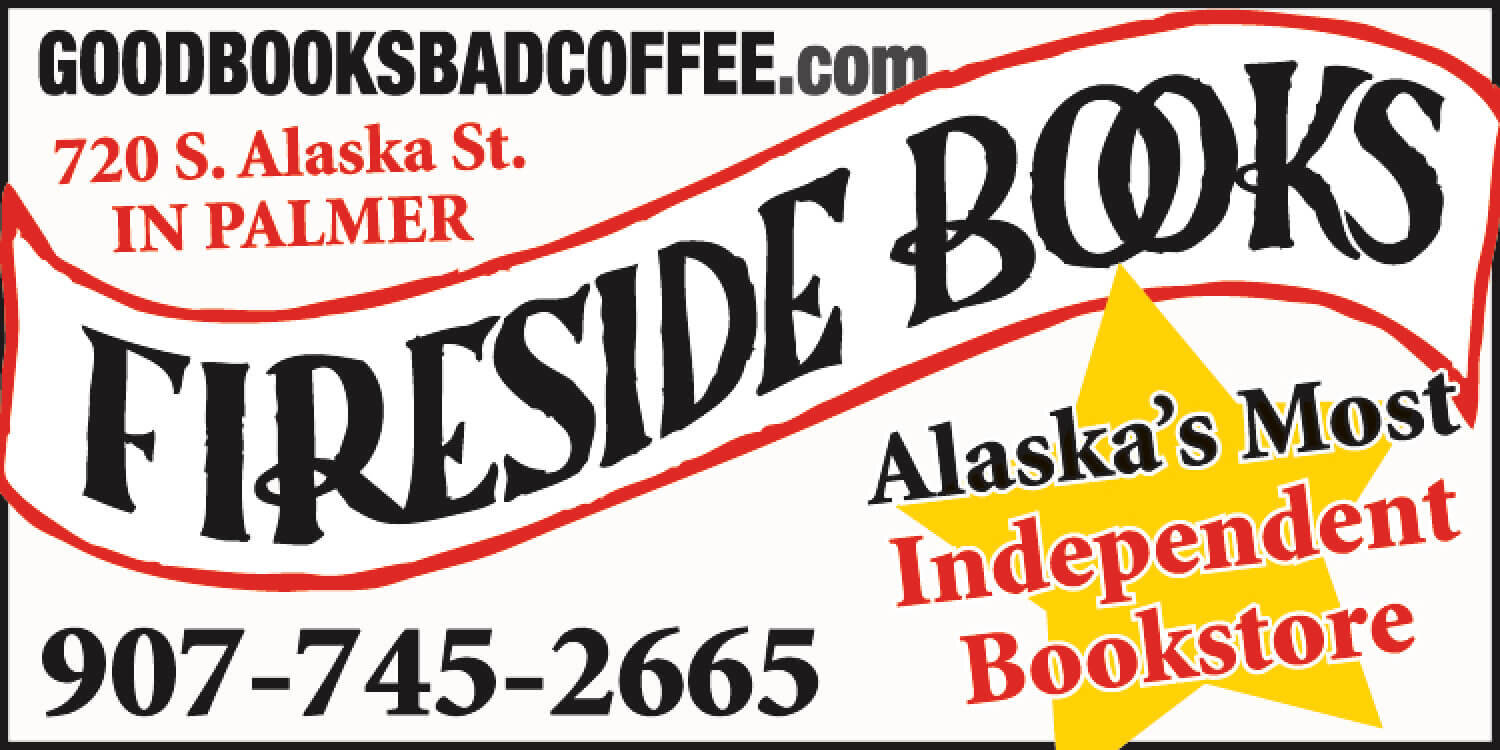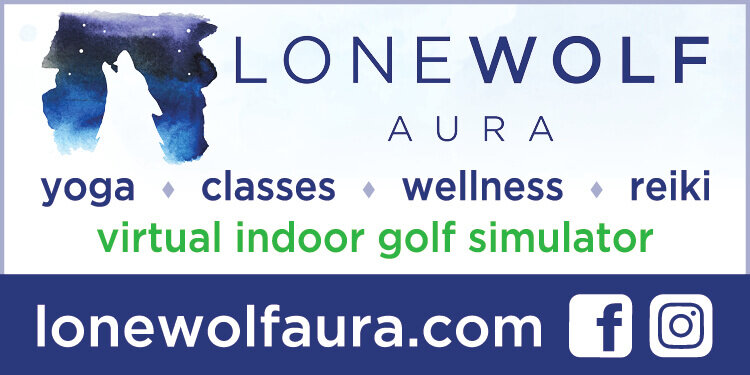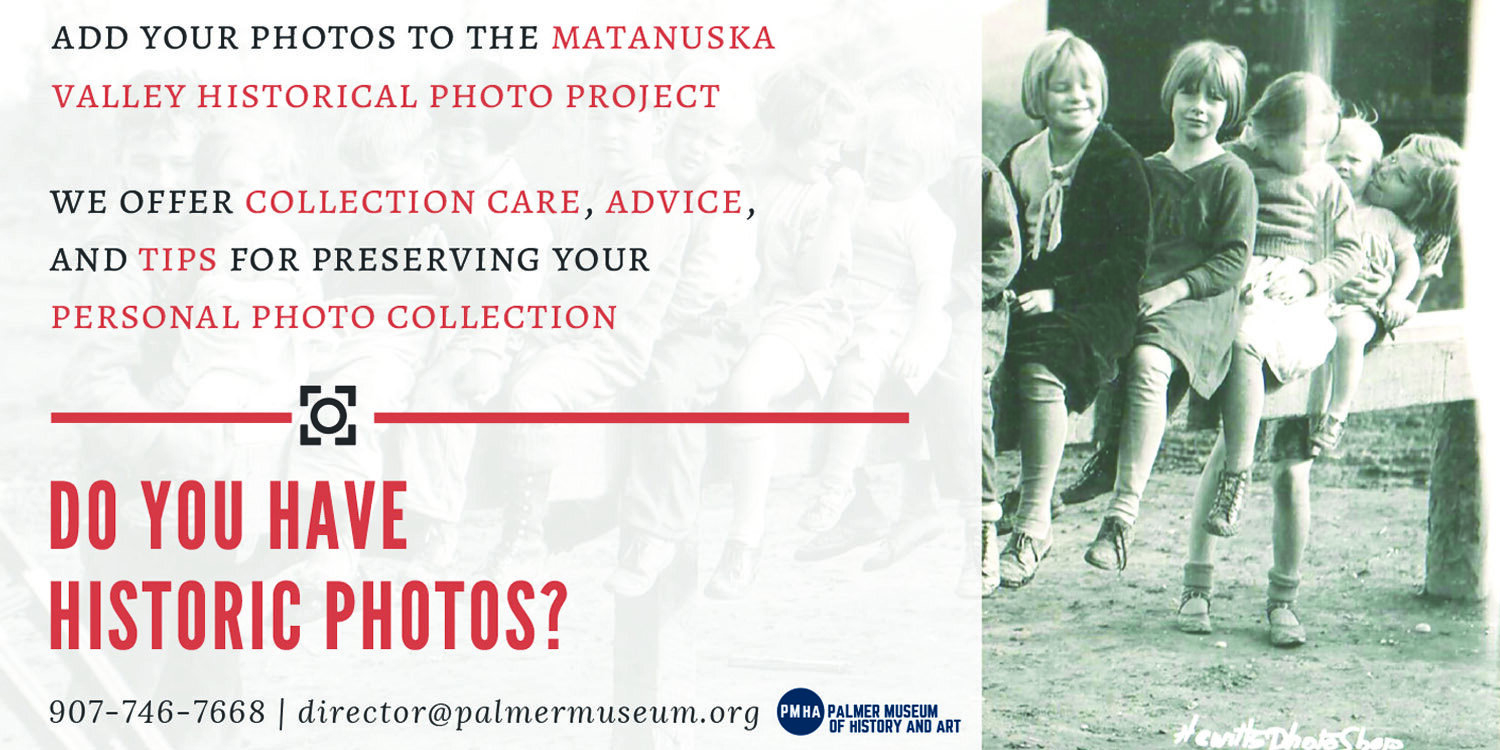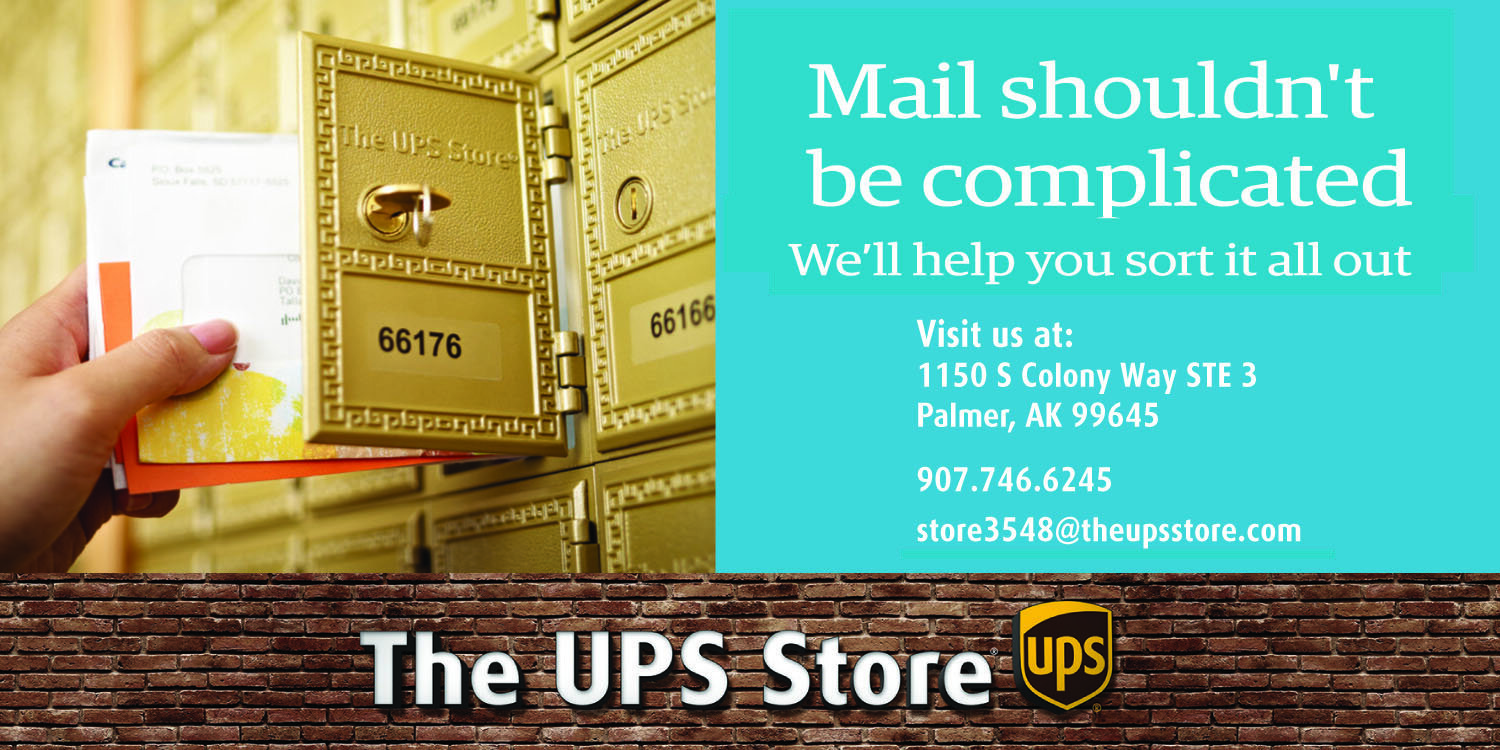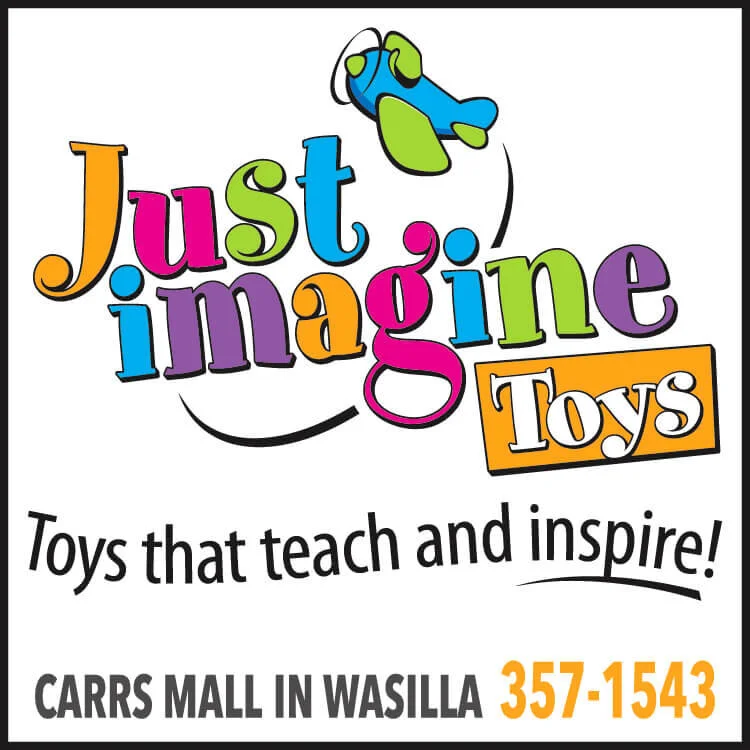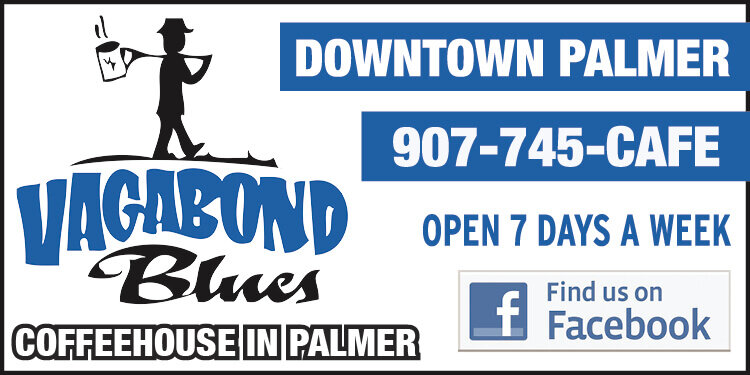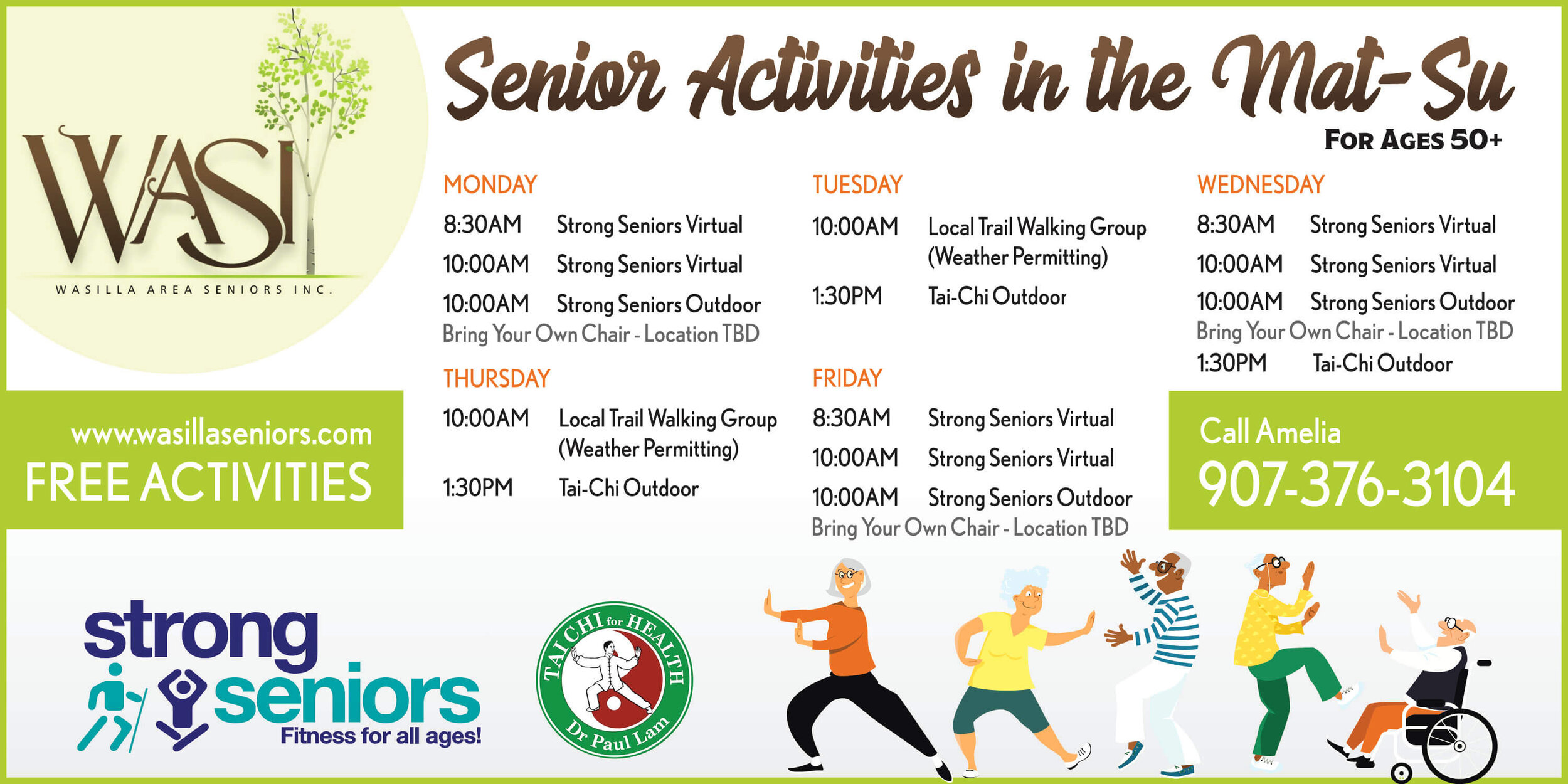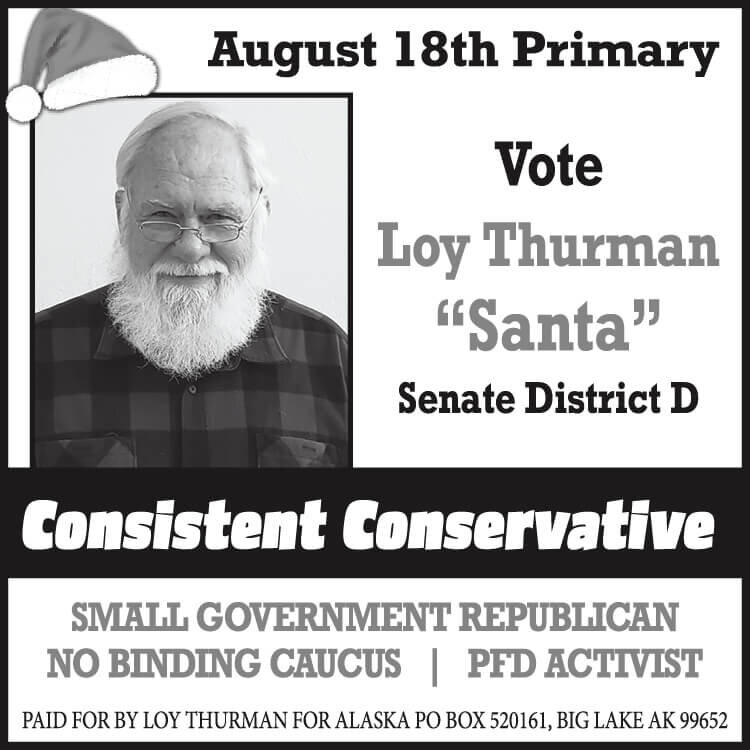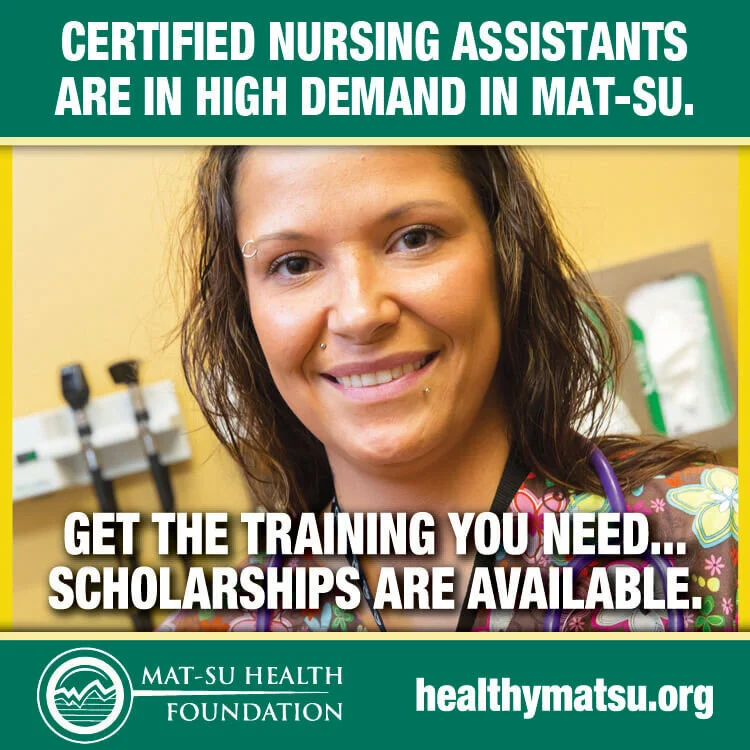Contributed by Michael Carson
This past July, the Director of the Office of National Drug Control Policy, Jim Carroll, stated the importance of properly storing and disposing of prescription medications, especially during these challenging and unique times of the COVID-19 pandemic. These two directives are key strategies in reducing that medications are not misused or fall into the wrong hands.
He added, “As we battle the COVID-19 pandemic, we cannot lose sight of the ongoing crisis of substance misuse and addiction.”
“As we stay at home more to ‘flatten the curve,’ some are feeling isolated and depressed. This could lead some potentially, to turn to unused, unneeded, unmonitored or expired prescription drugs to self-medicate without even leaving their home.”
In addition, the data shows children under 6 are threatened with the availability of excess medications in the home. We know in 2017, 52,000 children were treated in emergency rooms for medicine-related poisonings. (ONDCP)
And now there are also many school age children at home. We know that 1 in 7 high school students have used medications NOT prescribed to them. (’17 Youth Risk Behavior Survey)
Along with young children and school age students, we know 80% of all new heroin users started with prescription opioids.
Again, the COVID-19 pandemic has created challenges surrounding prescription medications. The most recent National ‘Take-Back Day’ for unused prescription pills was postponed.
However, Alaska has the program, ‘Project Hope’. You can visit any Alaska Public Health Office and ask for a ‘Medication Disposal Bag’. These bags come in different sizes that hold 15, 45, 90 unused prescription opioid pills, also liquids and patches. These disposal bags are safe, convenient and effective with a simple 3 step process to deactivate the prescription medications.
Next, the U.S. Food and Drug Administration (FDA) made a major announcement recommending that all health care professionals routinely discuss the life-saving Naloxone with guidance for those at increased risk for an opioid overdose. Besides health care professionals, family, friends or a bystander can administer Naloxone for a possible opioid overdose. It will save lives!
Unfortunately, from 2018 to 2019 Alaska had an increase of 27% of drug overdoses. (CDC)
And, over half was due to Fentanyl. Fentanyl is 50 to 100 times more powerful than morphine. There is counterfeit Percocet, Xanax and Oxycodone containing Fentanyl. It only takes 2 milligrams of Fentanyl to be fatal.
If you are interested in having life-saving Naloxone, you can obtain an ‘Overdose Prevention Rescue Kit’, from an Alaska Public Health Office. This is another component of Project Hope.
Over 250 Alaskans have been revived by Naloxone from 2017 to 2018.
Finally, I want to thank all Alaska Public Health staff across our state for being on the front lines to save lives with all the services they provide, which are many, that truly keep all Alaskans safe, healthy and thriving.
Please remember, Medication Disposal Bags (drug deactivation system) are safe, convenient and effective. This drug deactivation system ensures that medications are not misused or fall into the wrong hands.
And, Naloxone (overdose prevention) will save lives and those lives are Alaskans.
#No Dope More Hope
Michael P. Carson
V.P. & Recovery Specialist at MyHouse of Mat-Su and Chair of Mat-Su Opioid Task Force
